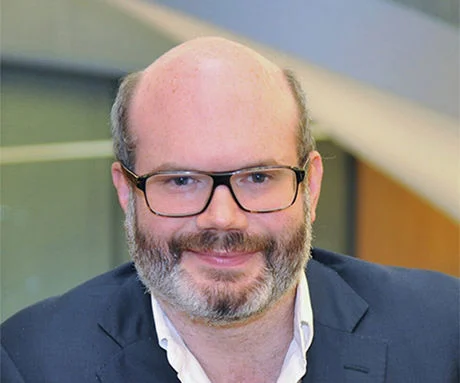Visualisation is a powerful way to bring certainty and confidence to major projects. Our team produce compelling models, simulations and other digital experiences to help clients explore their schemes in sensory detail.
These visually rich, virtual, acoustic simulations bring people closer to designs, build public confidence and investor support throughout the lifecycle of a project or programme.
Designs that work for everyone
At Arup, we believe that design should be human-centred – and that means it should work for everyone. The powerful tools we have developed mean we can now model the world for those who experience it differently, testing a design can be navigated by those with neuro-diverse conditions, or visual and hearing impairments.
Modelling experiences that engage
Too many projects fail to gain support and momentum, simply because they’re badly communicated. Misperceptions are allowed to take hold. Infrastructure projects usually take many years to complete, and it’s important to use visual and experiential storytelling techniques that virtual reality can offer, to maintain support and engagement throughout the project lifecycle. Beyond depicting how a project might ‘look’, visualisation is now a vital engagement tool on successful projects and programmes.
Our approach combines visual expertise you would normally find in the film industry, backed by deep insights into the built environment and project delivery. We produce compelling experiences that engage public, investor and policy-making audiences alike. These cost effective solutions can be applied in a range of industry contexts including projects in architecture, engineering, masterplanning, landscaping, product design, training, public events and artistic installations.















